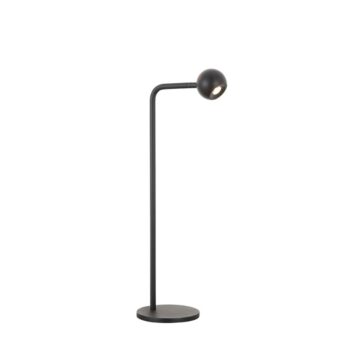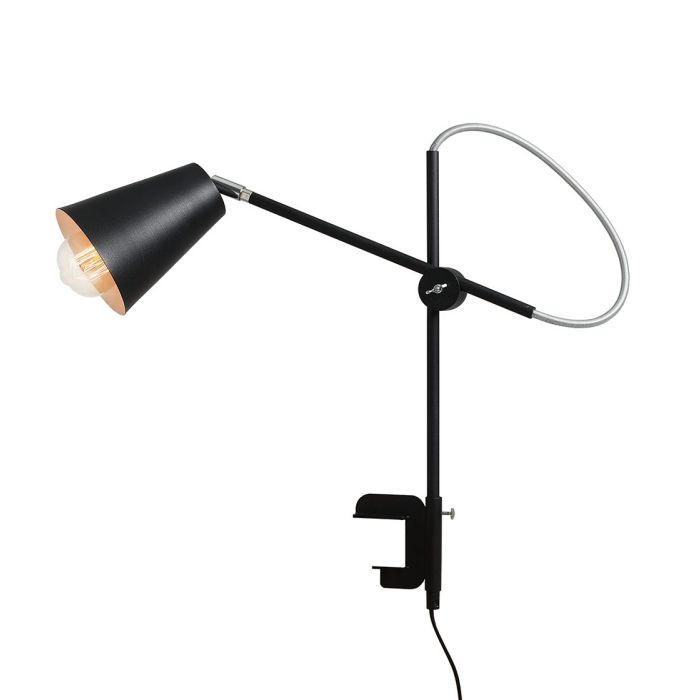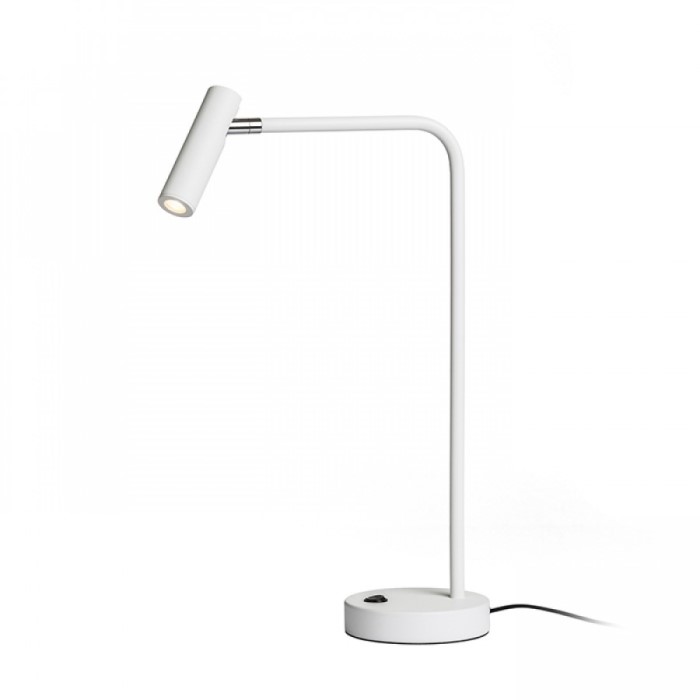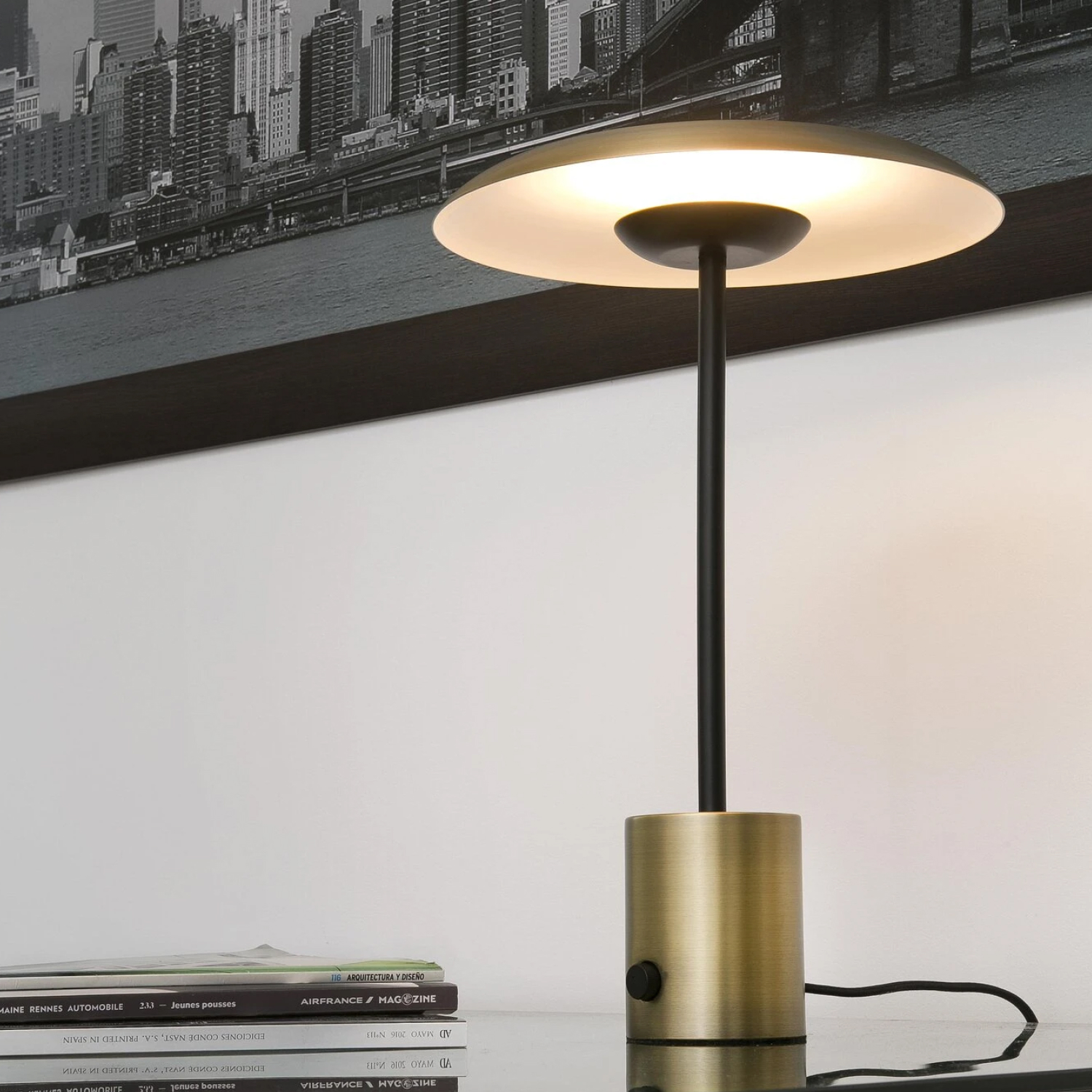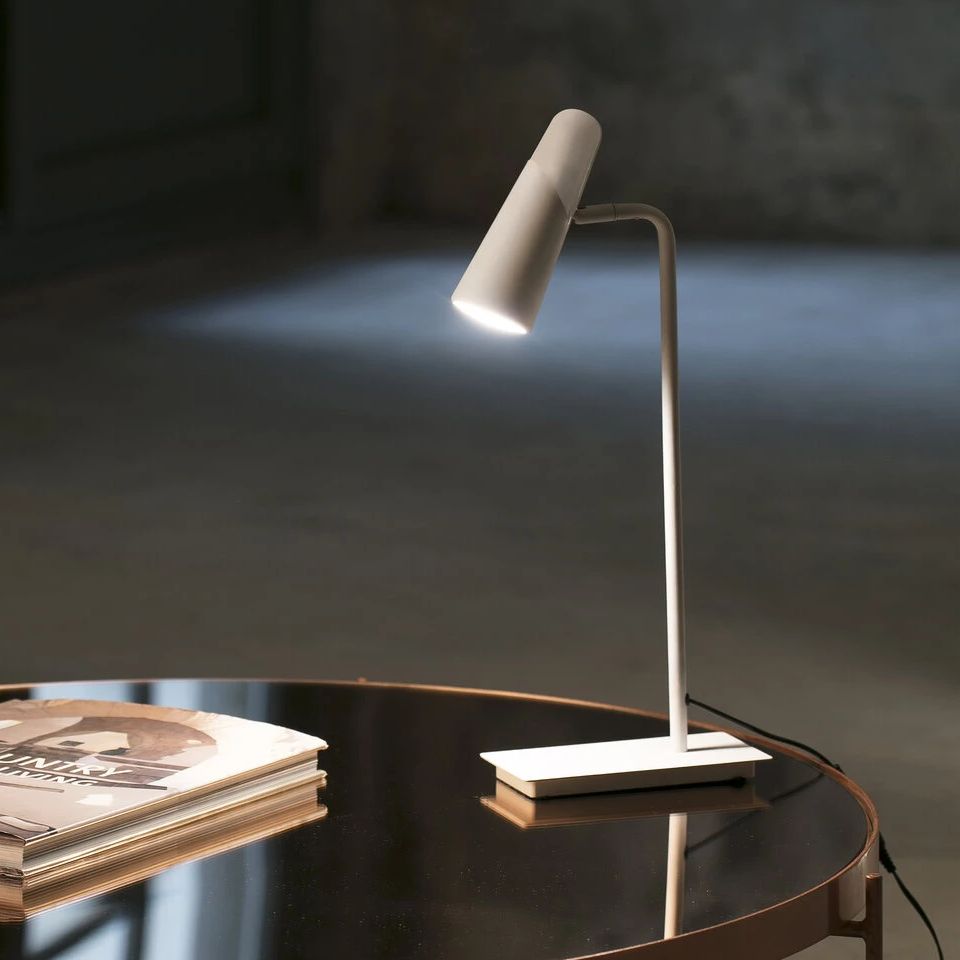
How to Choose the Right Desk Lamp?
A quality desk lamp can help reduce eye strain, making it easier to focus on tasks and significantly increasing productivity. We’ve put together a quick guide to keep in mind when buying a desk lamp.
Since desk lamps often require long hours of sitting under their light, it’s worth considering what requirements they should meet before purchasing one to ensure maximum benefit. Desk lamps have become increasingly versatile over time, and sometimes it can be challenging to find the right one from the plethora of choices available.
TYPES OF DESK LAMPS
Desk lamps can be categorized into four types based on the light source they use:
Incandescent Desk Lamps
Incandescent lamps use traditional light bulbs that produce light from the heat of a filament inside the bulb. This type of lamp provides warm, slightly yellowish light, making it an excellent light source for evening hours as it creates a cozy atmosphere. However, incandescent lamps consume significantly more energy compared to other types of lighting, and their lifespan is relatively short.
Halogen Desk Lamps
These lamps are excellent if your activities require a lot of reading at your desk. A halogen lamp provides bright, natural light, which makes focusing on printed text easy as its bright light reduces eye strain. A halogen bulb lasts about 2-3 times longer than a standard incandescent bulb. One unique feature of halogen bulbs is that they use 10-20% less energy than regular incandescent bulbs.
Fluorescent Desk Lamps
A fluorescent desk lamp provides uniform lighting with very natural light throughout the illuminated area. Fluorescent lamps are very efficient – they last almost 11 times longer than incandescent lamps. Fluorescent lamps emit only about 30% of their heat.
LED Desk Lamps
LED lighting produces significantly less heat than all other types of light sources mentioned above. LED desk lamps represent the new era of desk lamps. LED lights are usually directional, meaning they produce a concentrated beam of light rather than spreading light in all directions. LED lighting illuminates the work area without reflecting or glaring. The lifespan of an LED light can be up to 50,000 hours. While LED desk lamps may have a slightly higher price, they are also the most energy-efficient lighting option.

DESK SIZE AND LAMP PLACEMENT
Trendy desks can be quite small, and fitting a traditional desk lamp with a traditional design on them can be a challenge, especially for younger students who need to fit notebooks, textbooks, colored pencils, rulers, and all other diligent student supplies onto a small surface. Therefore, when looking for a lamp, it is essential to think about the exact location where the lamp will be placed and see if it does not take up too much valuable workspace. For smaller desks, there are desk lamps designed with space-saving in mind. A task light can also be attached to the edge of the table or shelf to save space. The golden rule of desk lamp placement is to place the lamp on the left side for right-handed people and on the right side for left-handed people. This reduces the number of shadows cast on the work area. Another recommendation is to place the lamp about 34–90 cm away from the work area. Many desk lamps nowadays have adjustable legs that allow you to adjust the light source to the ideal height.
LIGHT INTENSITY, TEMPERATURE AND COLOR RENDERING INDEX.
When reviewing the technical data of lights, we see various units such as Kelvin (K), which indicates light temperature; lumens (lm), which indicates the amount of light; Lux (lx), which indicates light intensity, and also CRI (Color Rendering Index). All these indicators are essential when choosing a desk lamp.
Insufficient light strains the eyes, while light color temperature affects well-being – light with a yellowish shade promotes the secretion of melatonin, which is a hormone necessary for falling asleep, making one drowsy. If melatonin starts to be secreted before the right time to fall asleep, then there will be a lack of it at the moment of falling asleep, which may lead to the development of chronic sleep disorders in the long run. LED lights have their light intensity set by the light temperature – a higher K allows for a lower lx. For activities that require concentration, the light’s K should be at least 4000K.
Color Rendering Index (CRI) is used to determine the light’s ability to distinguish colors of objects similar to natural daylight. The color rendering index is measured on a scale of 0–100 – the lower the index, the lower the light’s ability to distinguish colors, i.e., the lower the quality of light. The CRI of a desk lamp should definitely be higher than 80; a CRI >90 can be considered very high quality, with the color rendering ability of such a lamp almost equivalent to daylight.
FUNCTIONALITY AND DESIGN OF DESK LAMPS
Before purchasing a lamp, it is worth considering its various use cases. Many modern lamps also have dimmer switches and other lighting functions that make lamps multi-functional. This is especially useful if the desk is located in an open-plan room, and the ideal lighting for work (1000 – 3000 lumens) is too bright for relaxation moments. In this case, it is good if the light intensity can be adjusted. With multi-functional desk lamps, the lamp’s appearance becomes more important – there are desk lamps with designs that are decorative enough to also serve as decorative lights if necessary. Many decorative desk lamps are also good task lights.
If you need help choosing the right desk lamp, contact our consultants.
Check out the writing desk lamps from our online store.
Many decorative table lamps also serve as good task lights.
If you need assistance in choosing the right table lamp, please contact our consultants.
